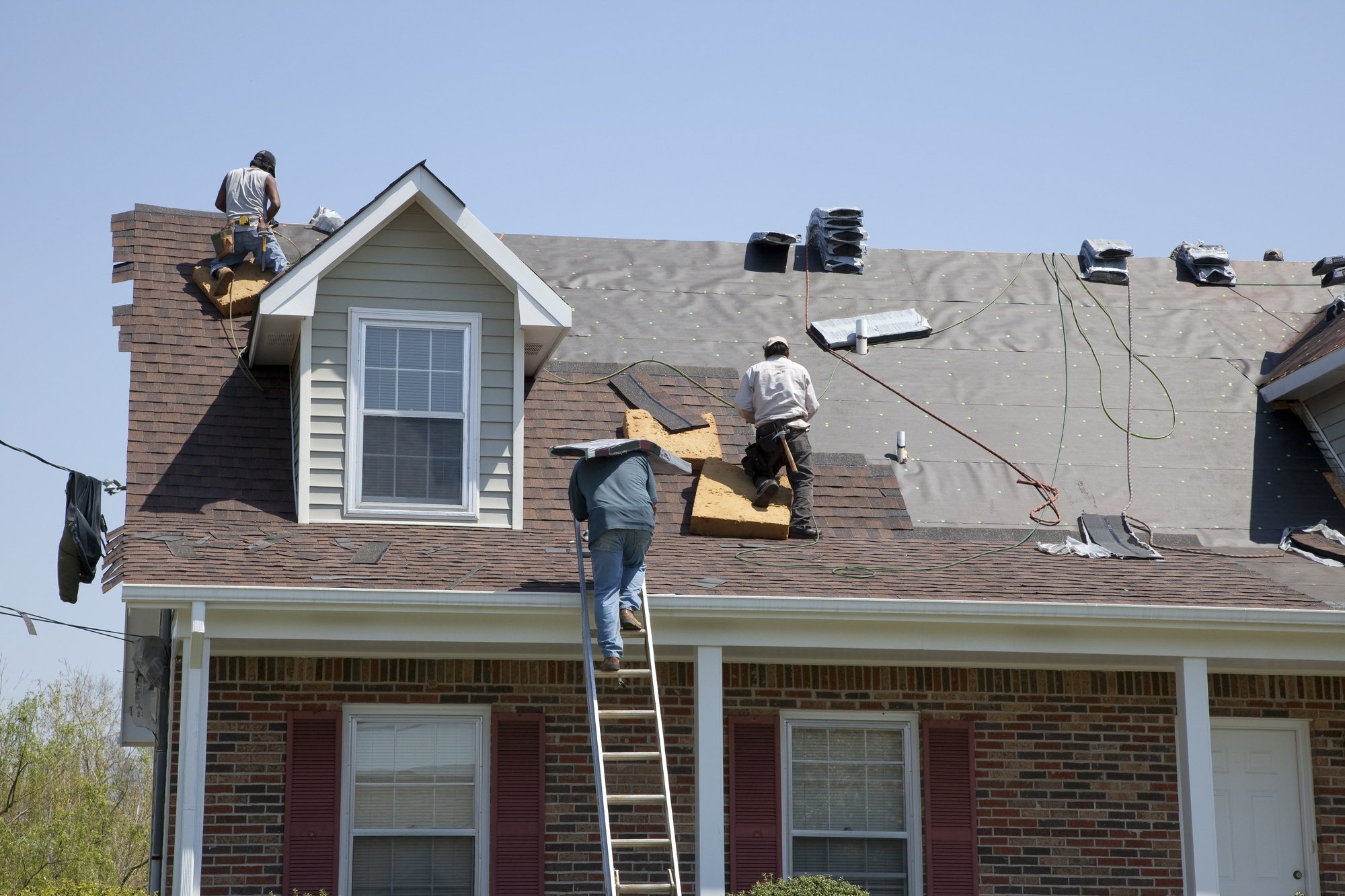Did you know that floods are the most common natural disaster in the US? Flooding doesn’t only occur when it rains. There are other reasons why your home or office may be flooded, such as water pipes leaking to sewer backups.
Whatever the cause, you need to take action fast, especially if you were inside the home during the disaster.
What should your next steps be after a flooded floor? Read on to find out.
1. Shut Off the Power and Gas Supply to the Affected Area
This is crucial for several reasons. First, this ensures the safety of anyone who may be in the affected area or attempting to fix the issue. Flooding can cause electrical malfunctions and gas leaks, which can be extremely dangerous.
Shutting off the power and gas supply eliminates this risk. Additionally, turning off these utilities can prevent further damage to the property. Water, electricity, and gas do not mix, and eliminating their contact can help contain the damage.
2. Assess the Damage and Determine the Source of the Flooding
This is essential because it will help decide the proper course of action for addressing the issue. If the water is coming in from a burst pipe or leak, it needs to be fixed immediately to prevent further damage. If the flooding is a result of natural disasters such as heavy rain, it is important to document the extent of the damage for insurance purposes.
3. Remove All Standing Water
Standing water can cause significant damage to flooring, walls, and furniture if left unaddressed. It can lead to the growth of harmful mold and bacteria, posing a health hazard to anyone in the vicinity. By removing the standing water, you are not only preventing further damage but creating a safer environment.
This can be done through various methods, such as using a wet vacuum, mops, or even calling for professional help. The key is to act fast and efficiently to cut the potential flood damage.
4. Thoroughly Dry the Area
Using high-powered fans and dehumidifiers, the excess water must be completely removed from the affected area. It is also important to ensure proper ventilation is in place to prevent any lingering moisture.
Thoroughly drying the area helps end any potential health hazards from bacteria or other contaminants that may have entered the space. Neglecting this critical step can lead to long-term issues and costly repairs.
5. Repair and Restore the Floor
Any damage, such as cracks or warping, should be fixed immediately to prevent any further issues. This may involve replacing damaged materials and allowing time for the floor to dry before proceeding with repairs. Once the floor is repaired, a thorough restoration process can begin to bring the floor back to its original state.
This may include sanding, staining, and refinishing so that the floor is not only functional but also pleasing. It is also crucial to research and understand how much is flood insurance in zone AE to protect against future floods and their financial consequences.
Step-By-Step Flooded Floor Guide
It is crucial to take immediate and effective action when dealing with a flooded floor. From shutting off power to removing excess water and thoroughly drying the area, these critical next steps can protect your property and prevent further floor damage.
Don’t hesitate to call a professional if needed. Stay safe and prepared!
For more tips, explore the rest of our site.



